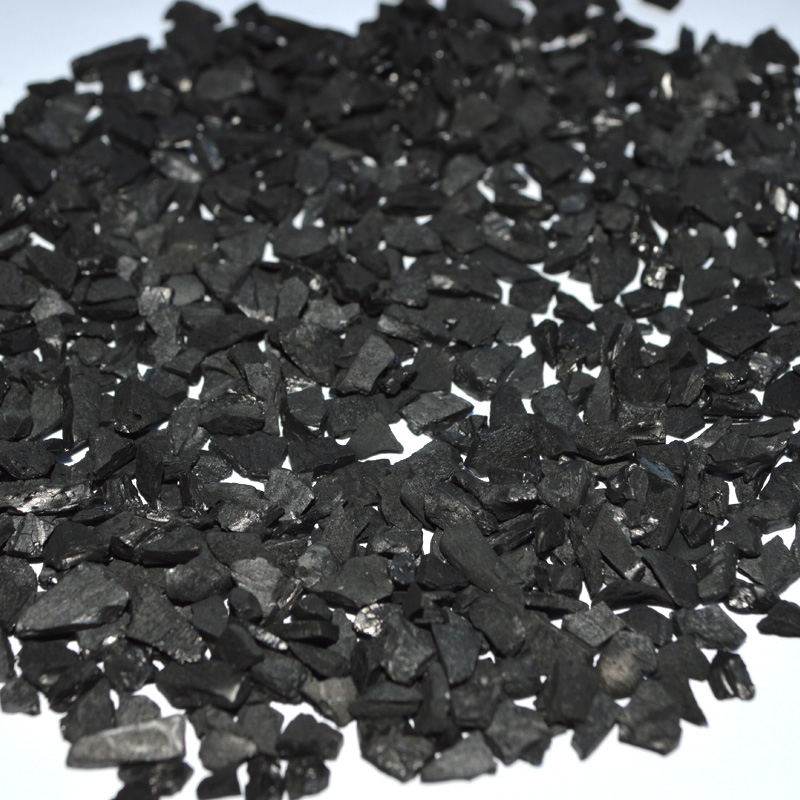+86 17737144966
No Harm Done! !
Not all activated carbon">activated carbon has gas adsorption capacity, only the activated carbon with large pore diameter slightly larger than the diameter of poisonous and harmful gas molecules has a very strong adsorption capacity, so only the use of high-quality shell-type activated carbon, household pollution has a better adsorption effect. Generally good peels of activated carbon are granular The principle of activated carbon is that activated carbon is a porous carbon-containing substance, its well-developed pore structure makes it have a large surface area, so it is easy to fully contact with the poisonous and harmful gases in the air. The strong adsorption force field around the pores of activated carbon will immediately suck the poisonous gas molecules into the pores, so activated carbon has a very strong adsorption capacity.
Step 1: open a window for ventilation. The renovation has just finished. The pollution must be several times, tens, or even hundreds of times higher than the standard. Therefore, in the initial period of one to two weeks, nothing would work. The best way is to open a window for ventilation, as soon as possible, the main indoor pollutants will be discharged outdoors. Of course, during the spring and Autumn period, the wind in Beijing is strong, and the indoor and outdoor air circulation is fast. It will only take more than a week. In summer and winter, it will take a little longer. In addition, in order to speed up indoor and outdoor air exchange, you can also use a fan blowing.
Step 2: after the first step, indoor pollution has gone from being tens or even hundreds of times over the limit to several times or almost no more. At this point, the emission of pollutants enters a slow release process, no matter how much ventilation you do, it is not possible to remove them all at once. At this point, you need to prepare for a long battle. You can use the following methods: first, flowers and plants, such as Chlorophytum comosum, Cactus, Chloroplastida, etc. , these plants have a certain odor-absorbing function, can eliminate harmful substances in the air, followed by the purchase of some deodorants, these deodorants can be rubbed on furniture, said to have a certain effect, such as the chemical class, biological class, optical class, etc. , but the actual effect has not been personally tested, it is best to carefully examine the use, and also pay attention to whether there are toxic side effects, whether it can cause damage to furniture (it is said that some things can cause furniture discoloration) , whether it is convenient to use and so on. Of course, we must continue to ventilate at this stage.

Step 3: After the second step, it’;s basically time to move in. At this time, ventilation and plant methods still need to be used. At this time, you can use activated carbon odor absorbers to continue to absorb the smell. Everyone knows about activated carbon, during the SARS epidemic, the activated carbon masks that everyone wore, the gas masks that decoration workers wore when they sprayed paint, household water purifiers or water purifiers, etc. , all used activated carbon. In industry, activated carbon is mainly used as an injection of activated carbon, gold extraction activated carbon, liquor purification activated carbon, activated charcoal, blood purification activated carbon, cigarette filter activated carbon, reagent activated carbon and so on.
The biggest benefit of activated carbon is the absolute safety, reliable, useful, non-polluting, non-toxic side effects, green environmental protection, not to send out the smell, and cheap, affordable, easy to use. Another is the new automobile pollution root indoor decoration pollution similar, also can adopt similar method. Finally, because the indoor harmful gas is a slow release process, even if there is a good air purification products, people in the closed indoor time is too long, also easy to cause some diseases. Consumers in the choice of the above products, especially for the new decoration users, to always pay attention to the window ventilation, usually pay more attention to exercise, this is our health.
Compared with coconut shell activated carbon">coconut shell activated carbon, nut shell activated carbon has better adsorption effect on tannic acid, and is suitable for removing humic acid in natural water, so as to reduce the production of disinfection by-products in drinking water.
The equilibrium adsorption behavior of tannic acid on fruit shell activated carbon and coconut shell activated carbon was investigated. Under the experimental conditions, the relationship between equilibrium adsorption amount and equilibrium concentration of tannic acid on shell activated carbon is more consistent with Langmiur isothermal adsorption equation, and the adsorption process of tannic acid on coconut shell activated carbon, the Sorption isotherm is consistent with both the Langmuir equation and the Freundlich equation. In addition, the equilibrium adsorption behavior of two kinds of activated carbon was affected by temperature, that is, the adsorption of tannic acid by activated carbon was improved with the increase of temperature. It shows that Shell carbon has strong adsorption capacity for tannic acid and other macromolecules.
The adsorption kinetics of tannic acid on two kinds of activated carbon can be well fitted by Lagergren pseudo-second rate equation, which shows that the whole adsorption process is a two-speed process consisting of fast adsorption and slow adsorption. In addition, the adsorption rate constant of shell carbon is larger, and the adsorption rate of tannic acid is faster. The activation energy of shell carbon was higher than that of coconut shell carbon, which indicated that the reaction rate of shell carbon was sensitive to one temperature and increased rapidly with the increase of temperature.